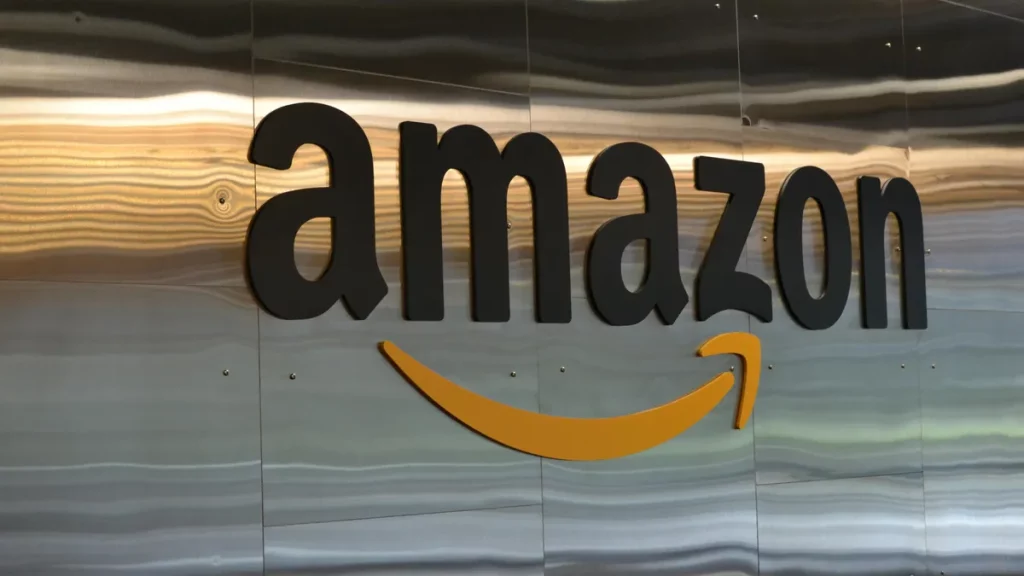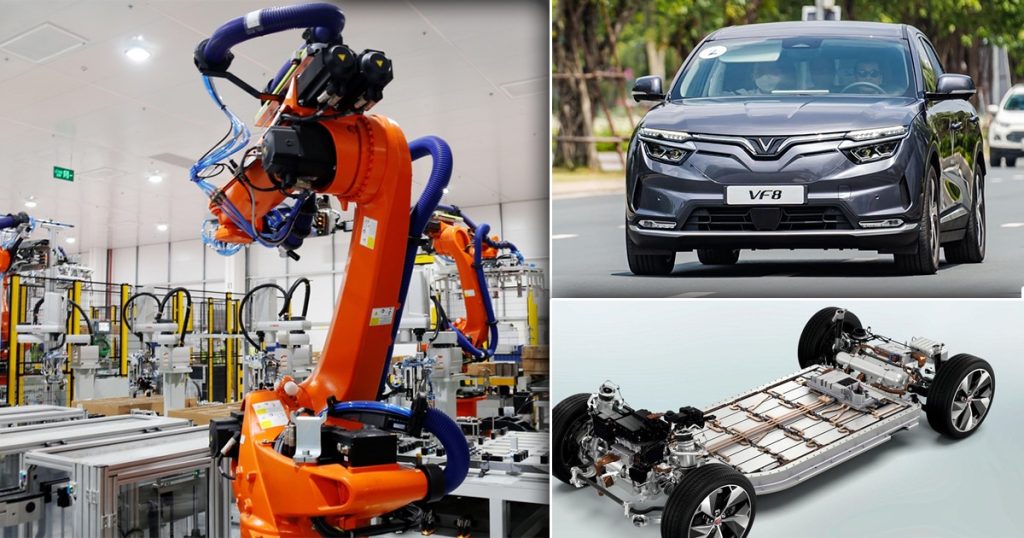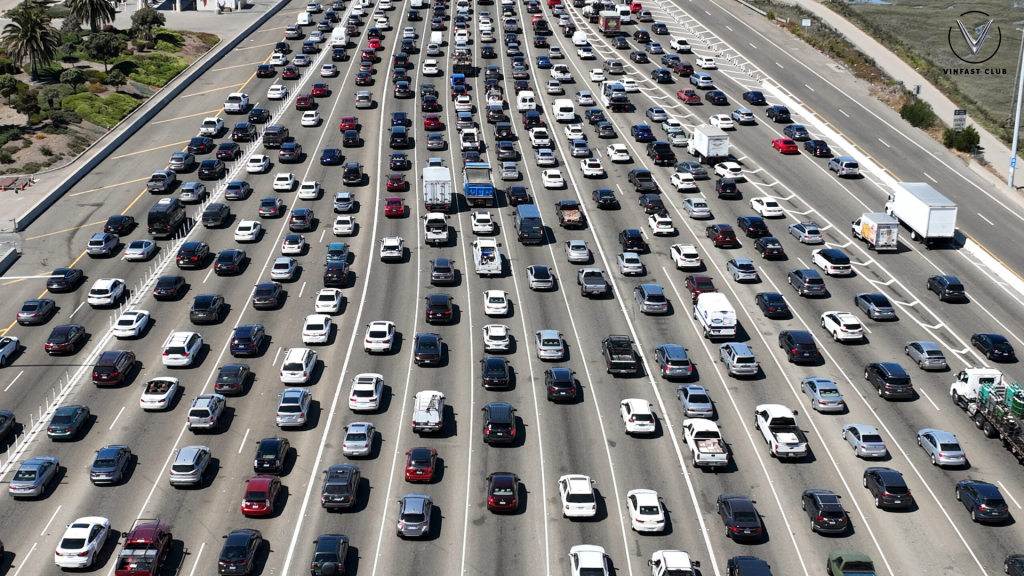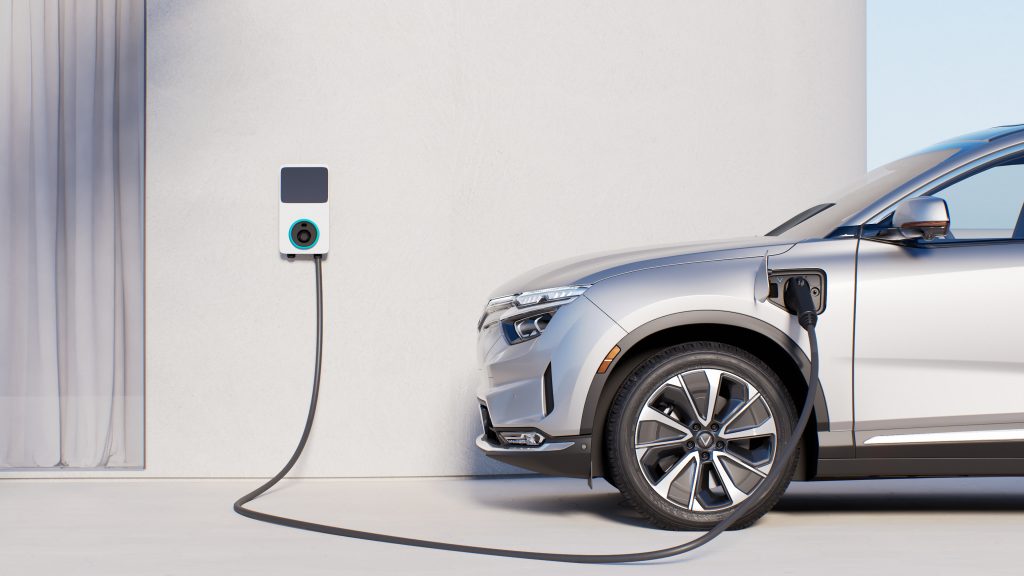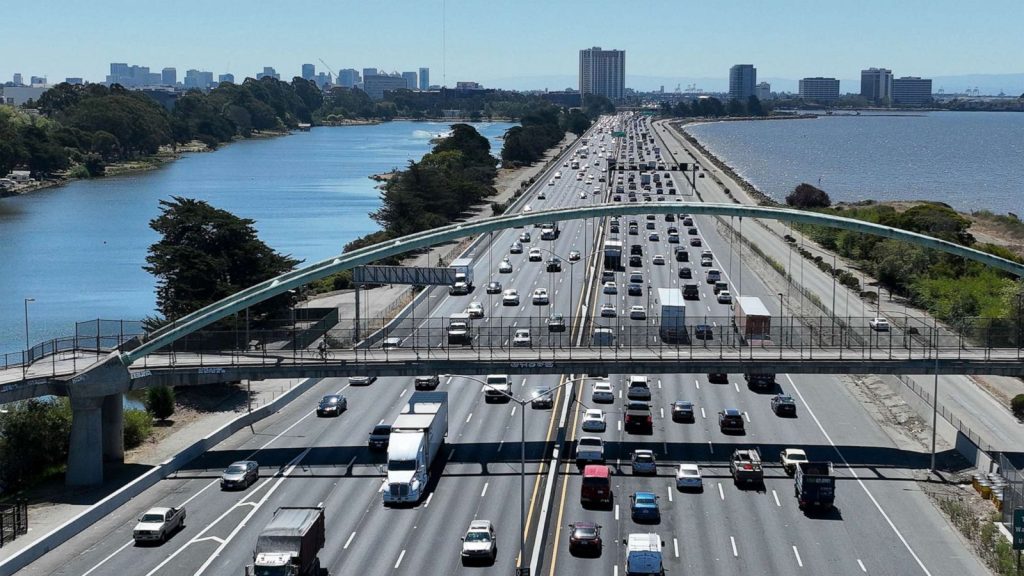Investigating the Environmental Advantages of Electric Vehicles Using VinFast
Within the rapidly changing field of automotive technology, electric vehicles (EVs) are gaining significant attention as they represent a paradigm change beyond just mobility. Beyond only lower emissions, electric vehicles (EVs) provide a host of other environmental advantages through the use of cutting-edge technology and renewable energy. VinFast investigates how the electric cars we support contribute to a greener, cleaner, and more sustainable future, which is at the heart of our commitment to achieve a more sustainable future. Emissions Compared to gasoline or diesel vehicles, electric vehicles have substantially lower greenhouse gas emissions, which is one of its most obvious and immediate environmental benefits. Since VinFast electric SUVs are driven by electricity, they have zero tailpipe emissions, such as the VF 8 and VF 9. As a result, dangerous pollutants that cause air pollution and global warming, such as carbon dioxide, nitrogen oxides, and particulate matter, are removed from consideration. The electric cars made by VinFast have the potential to significantly lower overall energy use. Known for their energy efficiency, these fashionable electric SUVs use less energy from the grid to generate power than traditional automobiles. With further developments in intelligent charging and vehicle-to-grid technology, VinFast’s electric cars could have…




